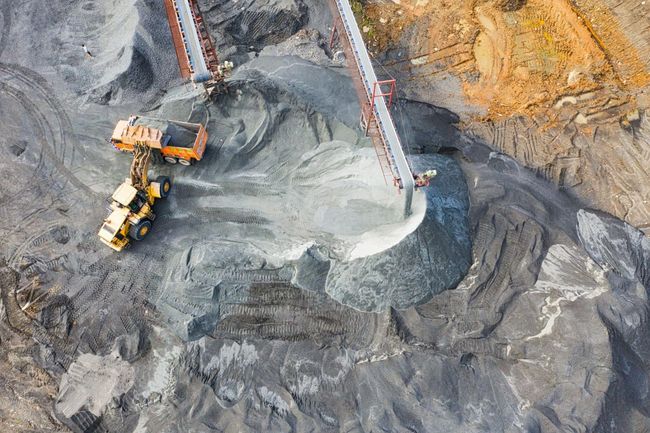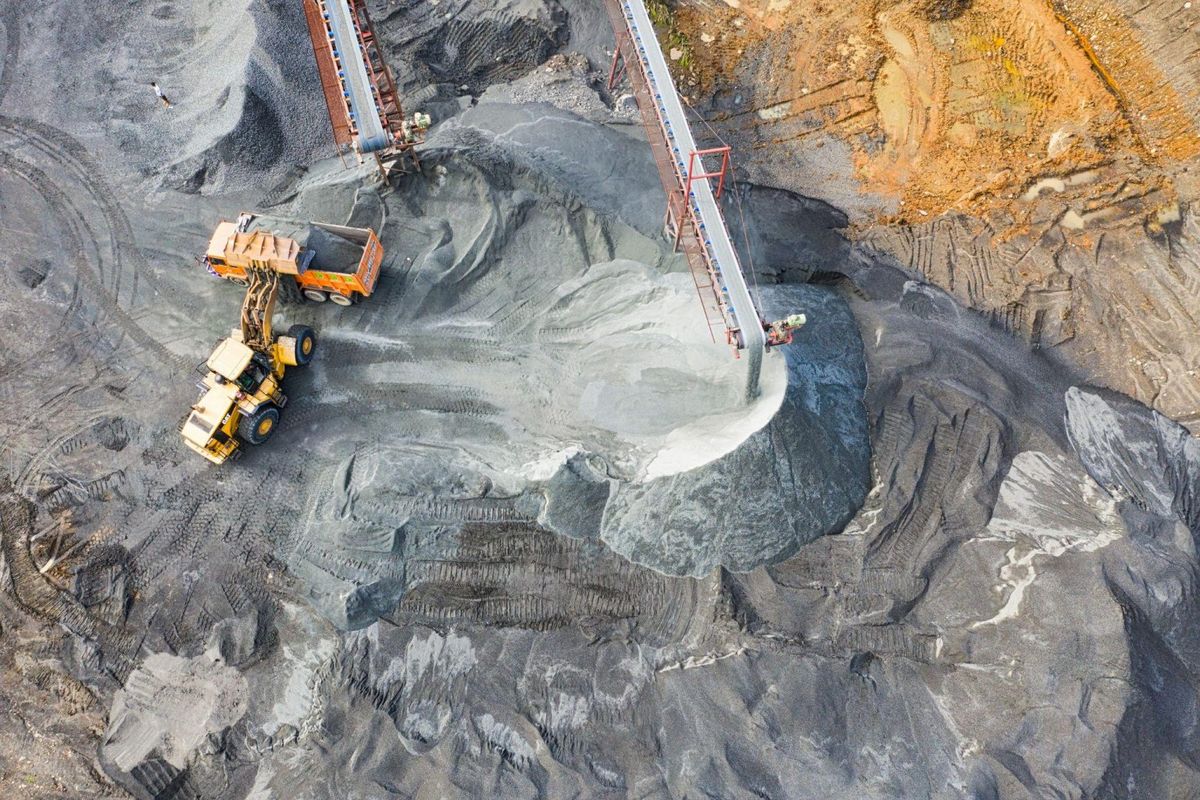After the Bre-X Case, considered the largest fraud in the history of mining, it became even more necessary to use good practices during mineral research, as well as to guarantee the reliability of the data. Thus, to prevent fraud from happening, the International Resource and Reserve Codes were created. The purpose of these standards is to determine standards and procedures for the mineral industry.
In this context, Brazil established the Brazilian Commission on Resources and Reserves (CBRR) as the body responsible for disseminating and regulating the best global engineering and geology practices for mining companies. Want to know more about the subject? Check out the full content below.
International Codes
The Regulatory Codes for the Classification of Resources and Reserves are prepared by technical mining entities and are essential for the listing of mining companies on the stock exchange and for other forms of attracting investments, in order to protect investors and ensure the best application of good practices in the estimates of Resources and Mineral Reserves. Two of the main codes are:
- JORC – Joint Ore Reserves Committee of The Australasian Code: The first publication of the JORC standards took place in 1989. The code was drafted by the Joint Ore Reserves Committee (JORC), formed by The Australasian Institute of Mining and Metallurgy, and regulates the fundamental requirements, guidelines and recommendations for the production of Public Reports with mineral exploration results and estimates of mineral Resources and Reserves in Australia (JORC, 1999). The rules are based on three principles:
- Transparency: requires that the information contained in the report be clear, concise, unambiguous, and always available for auditing.
- Materiality: requires that the Public Report contain relevant and necessary information for investors and their respective advisors so that they can make an informed judgment on the results of Exploration, Resources and Mineral Reserves that have been reported. It is important to use real and consistent information for each type of project, ensuring more accurate results.
- Competence: the Report must be made based on the work of a competent and experienced person.
- NI 43-101: Canada's National Instrument, published by the Canadian Institute of Mining, Metallurgy and Petroleum (CIM), sets the standards for publishing technical reports of mining projects and requires a qualified person to be in charge.
In addition to these, other codes such as SAMREC from South Africa and Industry Guide 7 from the United States are also used. In this scenario, with the purpose of unifying the standards, the Committee for Mineral Reserves International Reporting Standards (CRIRSCO) was created in 1994, which is currently composed of the following committees/commissions: Australia (JORC), Brazil (CBRR), Canada (CIM), Chile (National Committee), Colombia (CCRR), Europe (PERC), India (NACRI), Indonesia (KOMBERS _ KCMI), Kazakhstan (KAZRC), Mongolia (MPIGM), Russia (NAEN), South Africa (SAMREC), Turkey (UMREK) and USA (SME).
CRIRSCO then made it possible to develop an international reporting template (The International Reporting Template – IRT) for the Classification of Resources and Reserves, similar to the existing standards.




Brazilian Commission of Resources and Reserves – CBRR
And in Brazil? Do you know how the regulation for declaring the Declaration of Exploration Results, Resources and Mineral Reserves works? Learn more about CBRR!
About the Commission
CBRR was founded in 2015 by the alliance of three associations representing the mineral sector, namely: Brazilian Association of Mineral Research Companies – "ABPM", Brazilian Agency for Technological Development of the Mineral Industry – "ADIMB" and the Brazilian Mining Institute – "IBRAM".
In the same year, CBRR became a Representative Organization of CRIRSCO, along with Brazil, being the ninth country to join the Committee.
The commission is private and non-profit and defines guidelines for the declaration of results of Exploration, Resources and Mineral Reserves in accordance with the standards established by CRIRSCO.
From the initial phase of mineral exploration to multinational mining companies, CBRR has great relevance for mining, covering 90% of the sector's GDP through the founders and members of the commission.
Criteria for Membership
Another focus of CBRR is the management of the certification process and registration database of Qualified Professionals Registered in Brazil, which is extremely important for the publication of technical reports. To this end, the commission provides a regulation that provides for the requirements for professional registration. Some of the requirements are:
- Professionals who apply for registration with the CBRR must be geologists, engineers, biologists, economists or occupy another profession in the mining area with a university degree, graduated in Brazil and registered with the Professional Council regularized.
- This professional must also have 10 (ten) years of experience in the mineral sector, with 5 (five) years of relevant experience in the type of mineralization or deposit considered and in the area of competence for which the registration is requested, of which at least 3 (three) years in a Position of Responsibility.
- In addition, the professional must be fully aware of the standards established by the CBRR Guide for Declaration of Exploration Results, Resources and Mineral Reserves.
After approval by the registration committee, the qualified professional has the obligation to adhere to, observe and respect the Commission's code of ethics, the Guide for Declaration of Exploration Results, Resources and Mineral Reserves and the registration regulations. To check the device in full, just access: <https://www.cbrr.org.br/Regulamento_do_Comite_de_Registro_da_CBRR/Regulamento_do_Comite_de_Registro_CBRR_Jul2021.pdf.>
The Guide to Declaration of Resources and Reserves
CBRR has prepared and made available a Guide for Declaration of Exploration Results, Resources and Mineral Reserves that follows the International Report Model for Declaration of Exploration Results, Resources and Mineral Reserves published by CRIRSCO. The document contemplates the same fundamental principles mentioned above, which are Transparency, Materiality and Competence.




The Guide applies to documents for Public Declaration, including annual or quarterly reports of the entities, press releases, informative memoranda, technical documents, publications on websites and public presentations.
Regarding the accrual principle, the Guide establishes that a Public Declaration regarding Exploration Results, Mineral Resources and/or Mineral Reserves must be prepared/supervised and signed by a Qualified Professional.
The guide also specifies modifying factors for the conversion of Mineral Resources into Mineral Reserves, including considerations on: mining, processing, metallurgy, infrastructure, economics, market, legal, environmental, social and governmental aspects.
As for the declaration of Mineral Resources and Reserves, the CBRR Guide determines that the Inferred Mineral Resource, which has a lower degree of reliability, should not be converted into a Mineral Reserve. In this case, it is expected that, with the continuity of the studies, it will be converted into an indicated resource and, later, into a mineral reserve.
The Indicated Mineral Resource, on the other hand, may be converted into a Probable Mineral Reserve. Finally, the Measured Mineral Resource, with a higher degree of confidence in the estimation data, can be converted into a Probable and Proven Mineral Reserve. The following image illustrates these relationships.




General Relationship between Exploration Results, Mineral Resources and Mineral Reserves. Source: CBRR Guide.
This is just an overview of the Guide published by the Brazilian Commission. The full reading can be done at: http://cbrr.org.br/docs/guia_declaracao.pdf.
Now that you know a little more about international mining codes, head over to our blog for other content like this!
